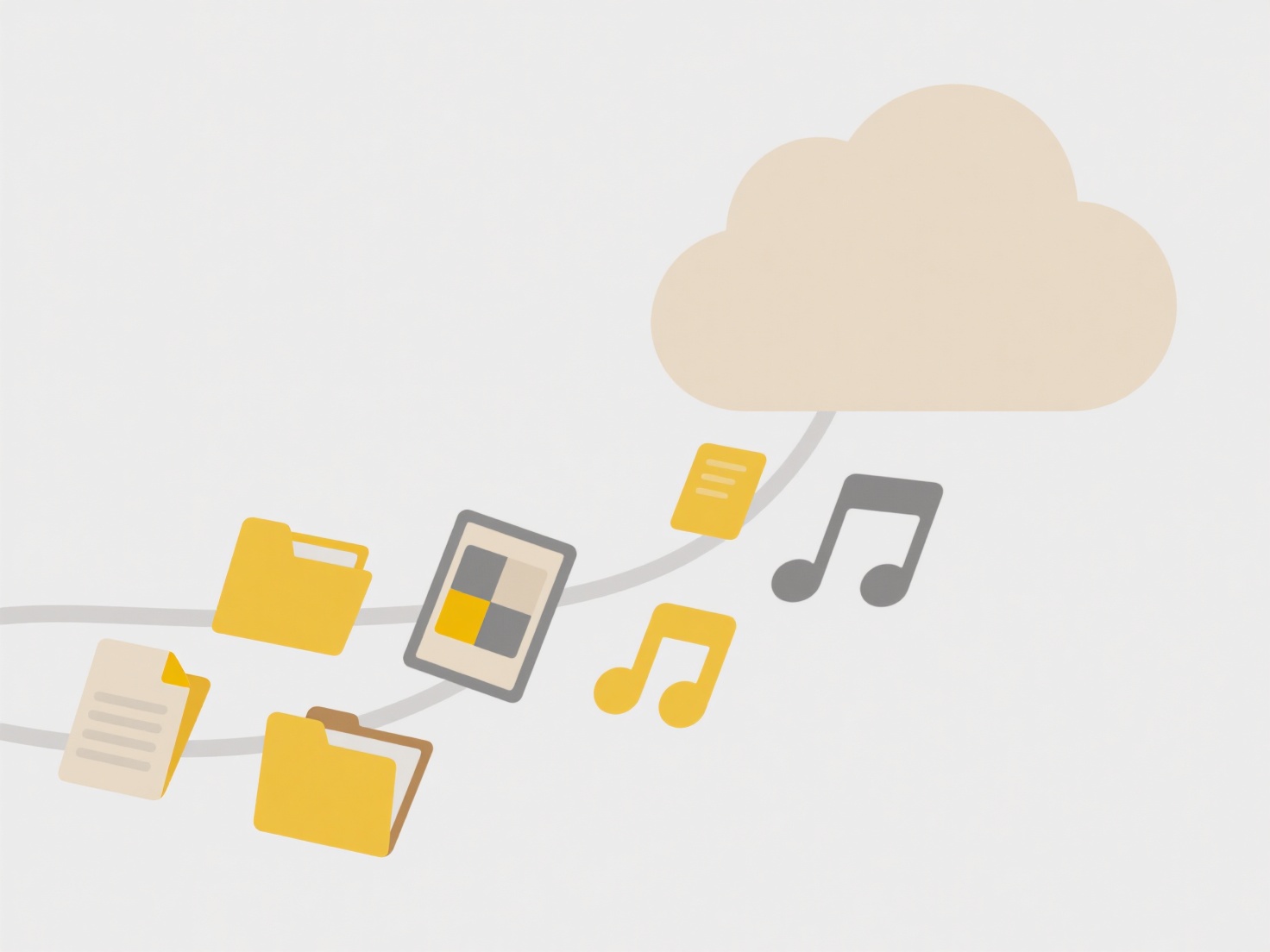
Password protection for shared files involves encrypting the file contents so that only users knowing the correct password can open and access it. It differs from general file sharing permissions by requiring specific knowledge (the password) rather than just verifying a user's identity within a system. Essentially, the file is scrambled, and the password acts as the unique key needed to unlock it and make the contents readable.

For example, when sharing sensitive budget spreadsheets externally via email, attaching the file as a password-protected PDF generated in Microsoft Office is common practice. Another typical use case involves creating an encrypted .zip archive containing multiple private documents using tools like 7-Zip or WinZip; the recipient then enters the password you provided separately to extract the files.
The key advantage is enhanced security during transit and storage, preventing unauthorized access if the file is intercepted or accessed accidentally. However, it has limitations: security weakens if passwords are shared insecurely (like in the same email) or are easily guessable. Additionally, if the password is forgotten, the data inside is typically irrecoverable. Future developments focus on simplifying secure password exchange methods integrated directly within sharing platforms.
How do I password-protect a shared file?
Password protection for shared files involves encrypting the file contents so that only users knowing the correct password can open and access it. It differs from general file sharing permissions by requiring specific knowledge (the password) rather than just verifying a user's identity within a system. Essentially, the file is scrambled, and the password acts as the unique key needed to unlock it and make the contents readable.

For example, when sharing sensitive budget spreadsheets externally via email, attaching the file as a password-protected PDF generated in Microsoft Office is common practice. Another typical use case involves creating an encrypted .zip archive containing multiple private documents using tools like 7-Zip or WinZip; the recipient then enters the password you provided separately to extract the files.
The key advantage is enhanced security during transit and storage, preventing unauthorized access if the file is intercepted or accessed accidentally. However, it has limitations: security weakens if passwords are shared insecurely (like in the same email) or are easily guessable. Additionally, if the password is forgotten, the data inside is typically irrecoverable. Future developments focus on simplifying secure password exchange methods integrated directly within sharing platforms.
Quick Article Links
How do I plan storage hierarchy for enterprise scale?
Planning storage hierarchy for enterprise scale involves strategically organizing different storage tiers (such as SSD, ...
How do I clean up unclassified files or files dumped into one folder?
How do I clean up unclassified files or files dumped into one folder? Managing files stored in a single, disorganized ...
What happens when files are renamed during download?
When files are renamed during an ongoing download process, it typically causes the download to fail or become corrupted....